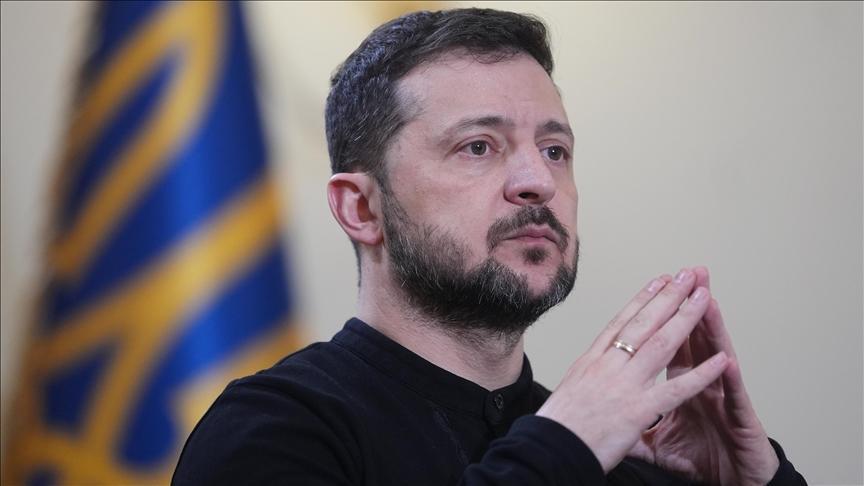World’s largest ancient theater in İzmit
KOCAELİ

Nicomedia in what is today the İzmit district of the northwestern province of Kocaeli, which was one of the first metropolitan cities of the Roman Empire and its capital for long years, is home to the world’s largest ancient theater overlooking the sea, according to archaeological data.
The theater of the ancient city of Nicomedia, which is today buried under modern life, has been waiting for centuries to be unearthed.
Other than Istanbul, İzmit was the only city in Anatolia that served as the capital of the Roman Empire for 45 years, and is one of the important cities where fabrication was made both in ancient times and in the Ottoman period. Destroyed due to various natural disasters, rapid and unplanned urbanization, the city is home to thousands of historical artifacts underground. The world’s largest ancient theater is thought to be located in the Orhan neighborhood of İzmit under the buildings, and it is waiting to come to light.
Speaking about the history of İzmit, Art Nicomedia Association President Akın Ülkü Sevinç, said, “The first settled life in Kocaeli started in the Başiskele region in 8th century B.C. It is recorded in ancient sources as a colony founded by Megana immigrants who migrated here from Thrace. The city was growing slowly in Başiskele region. At a ceremony dedicated to the gods by King Inokomanes I, an eagle snatches a snake, which was approaching the sacrificed altar, and brought it to Izmit, opposite the Başiskele.”
“Thinking this is a sign from the gods, Nicomades began to build the city of Nicomedia. Later, the city gradually grew and became an architecturally magnificent city. In 284, Roman Emperor Diocletian declared Nicomedia the capital of the Roman Empire. The Roman Empire was ruled from this city for about 46 years. Palaces, hippodrome and theaters were built in the city,” he said.
Noting that Nicomedia has a strong history, Sevinç said, “In 330, after Emperor Constantine made Istanbul the capital, a period that we can call the ‘period of regression’ began in Nicomedia. Due to its strategic location, the navy always stayed here. The mint was also located here. “There is a magnificent imperial palace, which we call the Diocletian’s Palace. Just below the Orhan Mosque, according to archaeological data, lies the largest theater in the world. After the conquest of the Ottoman Empire, the city became an ordinary Anatolian city. Thanks to its strategic location throughout history, it has had an important place. You cannot go to Europe without going through İzmit. This city, which survived an occupation on June 28, 1921, came to the present day as a Turkish Republic city.”
Sevinç said the history of Nicomedia is not known today and that the city is overshadowed by Istanbul.
“We say that İzmit is the older brother of Istanbul. While Istanbul was a normal rural area, Nicomedia was the capital. There is not much data, but we can learn it from travel books. Many travelogues mention the magnificence of Nicomedia. While there should be many visible historical buildings, there are no historical places and monuments due to urbanism and industrialization. The Gültepe Necropolis is now in a state of rubble and needs to be revived. Some remnants of the inner castle and outer castle walls that used to surround the city in the past are still in the square. There should be a monumental water fountain right next to the Yeni Turan stop, but it is not in sight. Wherever you dig in the city, history will come out. Archaeological researches and surface surveys are needed to increase the visual historical importance of the city,” Sevinç said.
















